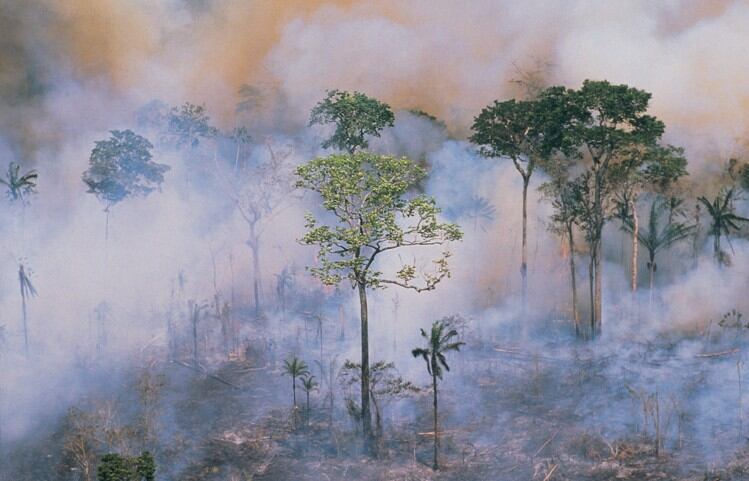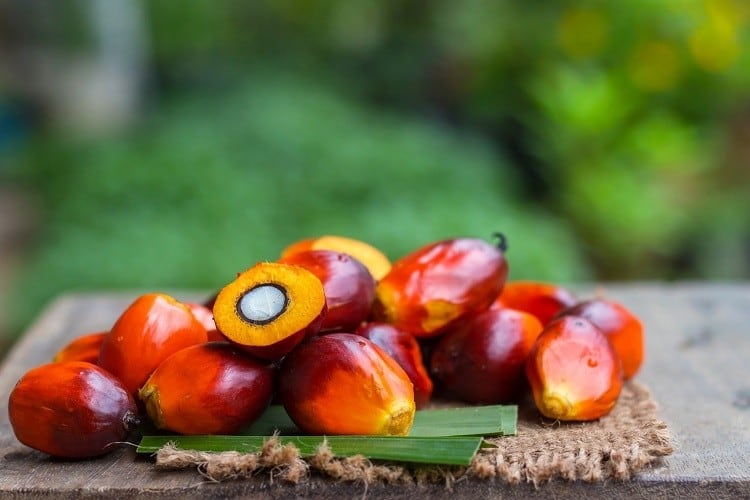But the world’s biggest meat producer insists it is confident it can achieve plans to monitor its entire supply chain by 2025, including questionable indirect suppliers that have been linked to illegal deforestation in Brazil. Technology is key, it claims and it is currently attempting to improve traceability of the supply chain through satellite and blockchain.
It has now unveiled a new plan to protect 2.5 million hectares of Brazilian Pantanal via a forest fire taskforce that aims to protect 2.5 million hectares of the biome through early fire detection, big data analysis and rapid response. JBS is investing R$ 26 milhões (US$ 5.33 million) in the initiative and claims the project is estimated to generate a CO2 reduction of 15 million tons.
One of the world's largest environmental preservation projects deploying rapid detection and advanced firefighting capability, the Embrace the Pantanal initiative will combine highly equipped and qualified forestry brigades with next generation analytical, operational and community impact data, JBS announced.
Initially more than 2.5 million hectares (an area roughly the size of Belgium) will be monitored in Serra do Amolar, the central Pantanal region, overseen by IHP which had more than 90% of its protection network affected by the 2020 mega fires.
Early detection of outbreaks will be facilitated by software developed by umgrauemeio. The 24/7 system processes high resolution images captured from communication tower cameras through an artificial intelligence algorithm and automatically identifies fire outbreaks and notifies the teams.
Each camera has the ability to detect fires in a matter of seconds, and pinpoints the exact location for deployment. There is also back-up satellite hot-spot detection and a fire risk index to protect less penetrated areas. There are plans to triple the scope of the area protected in a second phase.
“These resources and satellite information provide a breakthrough for fire outbreak detection,” said Liège Correia, JBS Friboi's director of Sustainability. “Actions like this benefit the entire livestock value chain, as fires devastate the ecosystem, seriously harm rural properties and release polluting gases into the atmosphere that cause global warming.”
Embrace the Pantanal is part of a larger Embrace the Forest initiative providing an holistic approach to monitor and manage firefighting in real time, while protecting biodiversity through the integrated platform for managing forest fires. Umgrauemeio aims to expand the preserved area in the Pantanal after the first phase as well as extend the project to other national parks and reserves, such as Chapada dos Veadeiros (Goiás), Chapada dos Guimarães (MT), and areas of the Amazon.
“In 2020, it was disturbing to see 26% of the Pantanal, one of the world's main UNESCO biosphere reserves, be consumed by fire, compromising more than 4 million hectares, killing about 17 million vertebrates and emitting millions of tons of CO2 in the atmosphere," recalled Osmar Bambini, Chief Innovation Officer and co-founder of umgrauemeio, when describing the motivation to design the Pantanal monitoring strategy and resilience plan. The task force brings together Public Ministry representatives, scientists and researchers, non-governmental organizations, and the private sector with the common goal of supporting local institutions that historically fight fires in the biome.
Forces unite to guarantee action
Rapid response is enabled through the integration of expertise and technology such as the innovative umgrauemeio detection system and the communication, mobilization and fire-fighting planning capacity of the three partners plus JBS’ financial support.
The integration of information such as fire brigade location, resources and equipment available as well as travel time to the outbreak location, time taken to extinguish the fire and contact with landowners in the surrounding areas allows for a quick response and solution. Educational actions to prevent fires are also planned for the surrounding communities.
The president of the IHP Ângelo Rabelo, explained that the topography of the Serra region, reaching 3,000 meters high in some areas, presents another challenge to install the preventative monitoring cameras and to tackle the outbreaks to ensure the protection of these regions. This is particularly relevant in the Serra do Amolar, which, together with the National Park, makes up the Unesco natural World Heritage Site.
“The Alto Pantanal Brigade was created in response to fires in the region and has operated in Serra do Amolar since 2020. This new initiative enables outbreaks to be identified earlier facilitating an even faster response. With more accurate information, the work of the Alto Pantanal Brigade will be even more efficient, to achieve our aim of preserving the Pantanal fauna and flora,” commented Rabelo.
Firefighting takes place during the dry season, but preventative actions must take place earlier, in the rainy season. In 2021, Brigada Aliança registered and monitored 150 properties in the South and North Pantanal regions and the surrounding area. More than 330 thousand hectares of farmland were registered across the Brigade’s five bases which cover a total area of more than 9 million hectares in the Pantanal. Of the 104 fires the organization fought in the region in 2021, 60% were directly helped by rural producers and community in general.
“In addition to fighting the fire, one of the biggest challenges was establishing partnerships and a relationship of trust with producers in the region,” said Caroline Nobrega, researcher and general manager of Aliança da Terra, the entity responsible for organizing and maintaining the brigades.
The nearest Brigade team established direct contact with registered farm producers. Over time, neighbours and others in the community also started to call the Brigade service. Over the past 13 years since its creation in 2009, the Brigada Aliança has become the international standard in fighting forest fires, having received support and training from the United States Forest Service (USFS).



